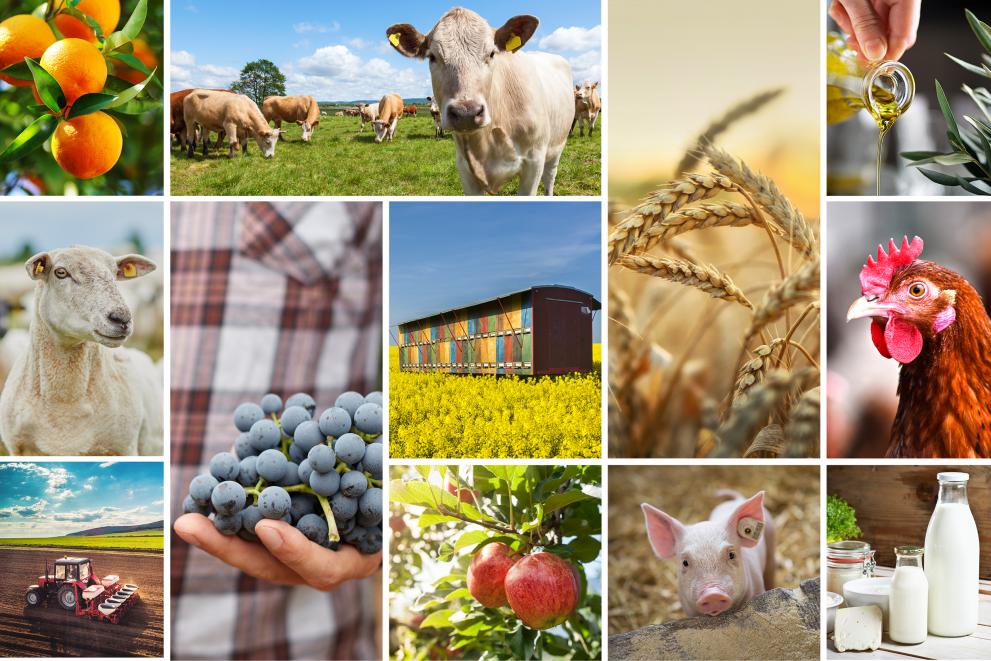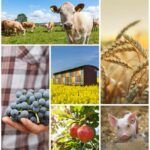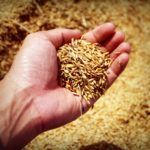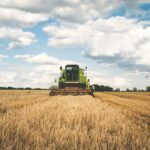EU agricultural markets are showing positive signs of stabilisation, according to the Autumn 2024 edition of the report on the short-term outlook for EU agricultural markets, published today by the Commission.
According to the report, these positive trends are mainly due to the fact that input costs have steadily declined in recent months, as food inflation has returned to a moderate rate. The overall macroeconomic and food price environment points to possible improvements in demand for agri-food products in most sectors. However, the outlook remains subject to a high degree of uncertainty, linked to weather events, geopolitical conflicts and animal and plant diseases. Since the spring edition of the short-term outlook, adverse weather conditions have become more frequent and damaging, affecting production and quality levels of major arable crops.
For example, EU cereal production for the period 2024-2025 is estimated at 260.9 million tonnes, about 7% below the five-year average, representing the lowest production in the last decade. This is due to unfavourable weather conditions affecting yields and, in part, to a reduction in the area under cultivation due, among other things, to excessive rainfall disrupting planting. The most affected crops are soft wheat and maize, while production of oats, barley and durum wheat has increased. However, in 2024-2025, olive oil production is expected to return to average levels – 2 million tonnes – after two years of low production and record prices. EU milk supply is projected to increase marginally in 2025 and EU cheese production is expected to increase further in 2025, as EU cheese exports could benefit from competitive prices. EU pigmeat production is estimated to decrease slightly by 0.5% in 2024 and by 0.2% in 2025. However, the EU poultry sector has a fairly good market outlook in 2024, with a 4 % growth in production and a 3 % increase in exports.
Further information: European Commission







Leave a Reply